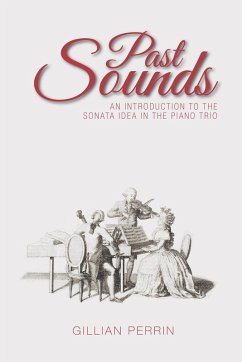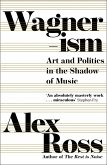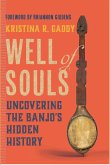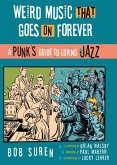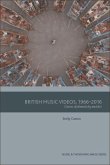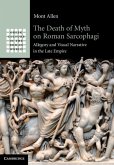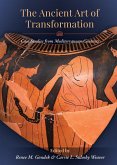This is a book about classical music - for people who say they love music "e;but don't understand how it works"e;, as well as for performers and music students of all ages. Proposing that deeper enjoyment begins with an understanding of music's basic structures, the book describes how the simple template of earlier dance-songs was adapted by composers writing music for instruments. The instrumental sonata became one of the great formal frameworks of western music: in symphonies, concertos, chamber music and solo sonatas, it dominated concert music for some 250 years - yet it is little understood by many music lovers. To simplify this vast field, Past Sounds singles out for study "e;sonatas"e; for piano trio - piano, violin and 'cello. These instruments have well-contrasted and easily identifiable sounds, and as the story unfolds the reader is introduced to many rarely heard but beautiful works for piano trio. This is a lively, clearly-written narrative as well as a handbook for subsequent listening. The book has two distinctive features. Firstly, technical terms are carefully explained, and for those not familiar with music notation, audio clips in an accompanying website reproduce the actual sound of the music described. Secondly, in a broad historical sweep from mid-18th to 20th centuries, the development of the sonata is followed in its context of contemporary arts and literature - demonstrating how the sonata idea of classical music well deserves to be understood and valued as a western cultural archetype alongside other great artistic and literary forms.
Dieser Download kann aus rechtlichen Gründen nur mit Rechnungsadresse in A, B, BG, CY, CZ, D, DK, EW, E, FIN, F, GR, HR, H, IRL, I, LT, L, LR, M, NL, PL, P, R, S, SLO, SK ausgeliefert werden.

